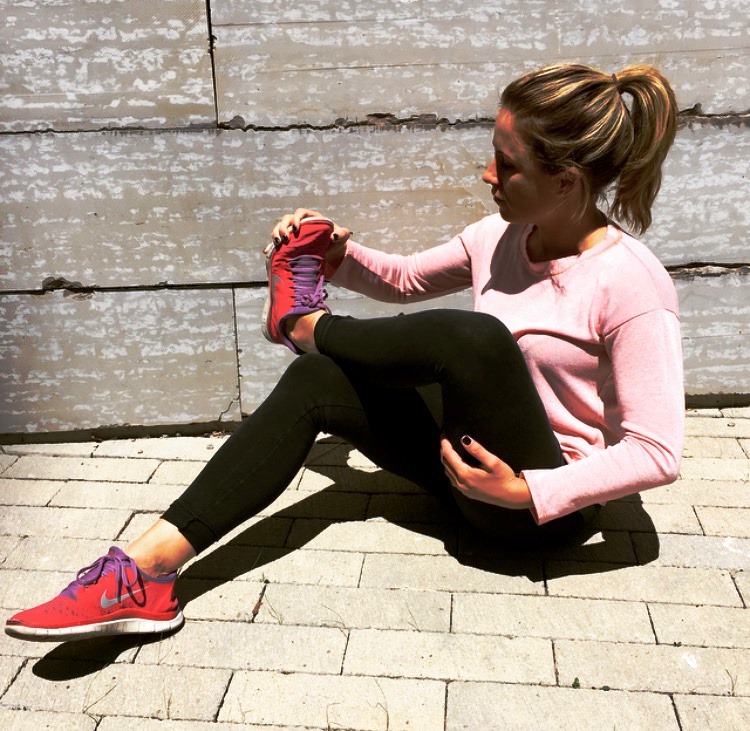Go deeper into base training with strength work
Stable, mobile joints and muscles are key for staving off injury.


I’m currently reading Matt Fitzgerald’s How Bad Do You Want It?: Mastering the Psychology of Mind Over Muscle. Throughout its pages, Fitzgerald tells of the ins and outs of 12 of the most inspiring, thought-provoking racing performances in running history. Some well known, others less, but all with plenty of takeaways.
Like many people, when I come across an author I like I look into their other writings. When I dug into Fitzgerald’s work I discovered he’s written extensively about base training, which was the topic of my blog last week. Before writing last week’s piece I reached out to the well-known author to ask if he would be willing to provide some comments. He was gracious enough to provide me with some insights, but unfortunately it was past my deadline so I wasn’t able to fit them in. However, after reading his response I knew immediately I wanted to share what he had written in this week’s blog. He touches on an important component of base training I didn’t – strength and mobility.
RELATED: The case for building base mileage all winter long.
I think it will be beneficial to share Fitzgerald’s comments on base training in its entirety, before taking look at some of the benefits, and motivating factors of dedicating time to strength and mobility work.
“Base training has been aptly described as ‘training to train.’ Its purpose is not to get you race ready but rather to get your body ready to handle the more challenging training you’ll need to do later to get race ready,” wrote Fitzgerald. “More specifically, appropriate base training increases the body’s ability to absorb the mechanical, neurological, and hormonal stress of running. The most effective way to achieve these effects is to do a gradually increasing amount of mostly low-intensity training with small doses of faster running sprinkled in and a healthy supplement of strength and mobility work (i.e., weight lifting and dynamic stretching).”
RELATED: Injury recovery: Physical strength comes into focus.
Those “sprinkles” of strength and mobility work are components of base training that should not be overlooked, yet they often are whether due to time constraints or a lack of awareness of the performance benefits. So why is strength and mobility work so important during base training?

Increased efficiency
Who wouldn’t welcome the opportunity to be a more efficient and injury resistant runner? The idea of having a well-toned body to better hold proper running form could be enough to get runners busting out squats and planks. Still, it can be a struggle for some, especially when training time is limited, to focus attention on this component of base building. So, if you’re looking for some further motivation, check out this blog post I wrote last year about my experience incorporating strength and mobility work. It may help spark something within, especially for those who are former athletes making a return to sports.


